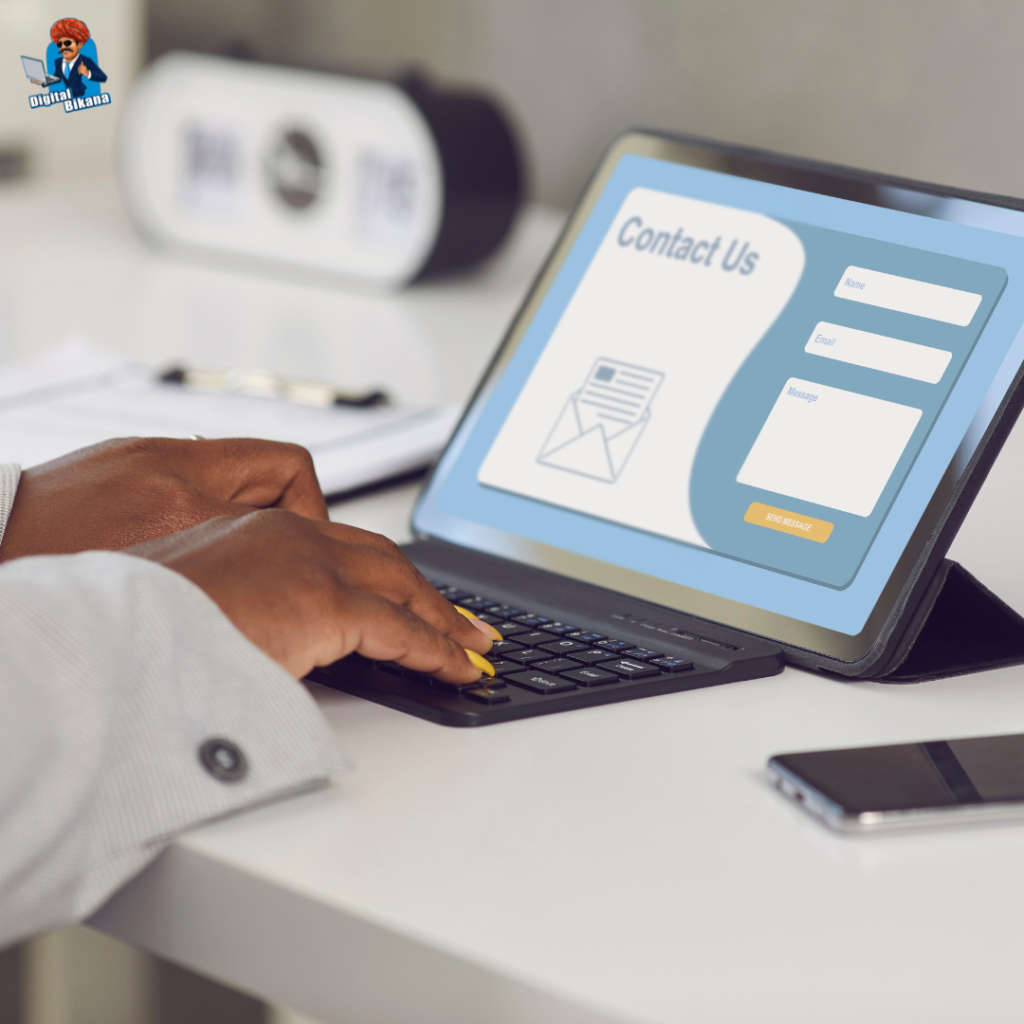How can you create a custom login page for a WordPress website?
In this article we are going to talk about How can you create a custom login page for a WordPress website? The login page is an integral part of any WordPress website, serving as the gateway for administrators, editors, and contributors to access the site’s backend. Creating a custom login page not only enhances the visual appeal but also adds a personal touch to your website’s branding.
How can you create a custom login page for a WordPress website?
In this comprehensive guide, we will explore the process of creating a custom login page for your WordPress website, providing step-by-step instructions and highlighting various methods and plugins available.
1. Understanding the Importance of a Custom Login Page
A custom login page offers several benefits, including:
a. Branding and Consistency
A custom login page allows you to align the design and branding with the rest of your website, creating a cohesive and professional look.
b. Security
By customizing the login page, you can add additional security measures such as two-factor authentication or reCAPTCHA to protect against unauthorized access.
c. User Experience
A well-designed login page improves the overall user experience, making it easier for users to log in and access their accounts.
2. Manual Method
Creating a Custom Login Page
a. Create a Custom Login Page Template
Start by creating a custom login page template using HTML, CSS, and PHP. Copy the original wp-login. php file from your WordPress installation and rename it to something like custom-login. php.
b. Customize the Template
Open the custom-login. php file and modify the HTML and CSS as desired. You can add your logo, change colors, fonts, and layout to match your website’s branding.
c. Create the Functions File
In your theme’s directory, create a functions. php file (if it doesn’t already exist). Add the necessary code to redirect the default login page to your custom login page template.
Read Also: What is the difference between Categories and Tags in WordPress?
d. Upload the Files
Upload the custom-login. php and functions. php files to your theme’s directory using FTP or through the WordPress dashboard.
e. Test the Custom Login Page
Visit the custom login page URL (e.g., www.yourwebsite.com/custom-login.php) to test the functionality and appearance. Make any changes you need until you’re happy with how it looks and functions.

3. Using Custom Login Page Plugins
a. Install a Custom Login Page Plugin
WordPress offers several plugins specifically designed to create custom login pages. You can choose from popular plugins like Custom Login Page Customizer, Login Press, or Theme My Login. Install and activate your preferred plugin from the WordPress plugin directory.
b. Customize the Login Page
Access the plugin settings or customize options provided by the plugin. Most plugins offer features to upload logos, change colors, fonts, background images, and even create custom registration and password recovery forms.
Read Also: What are some accessibility considerations for WordPress website design?
c. Configure Additional Features
Many custom login page plugins allow you to add extra functionality, such as social media login options, security measures, or custom redirect URLs after login.
d. Preview and Publish
Use the plugin’s preview feature to see how your custom login page will look to users. Make any required modifications and save your updated settings. Once you are satisfied, publish the custom login page.
4. Best Practices for Custom Login Pages
a. Brand Consistency
Ensure that the custom login page aligns with the overall branding and design of your website for a cohesive and professional look.
b. User-Friendly Design
Keep the login form simple and easy to use, with clear instructions and intuitive fields. Avoid overwhelming users with too many elements or distractions.
c. Mobile Responsiveness
Make sure the custom login page is responsive and mobile-friendly to accommodate users accessing your website from different devices.
You can also checkout this website designing institute to learn digital marketing course by enrolling in our course Or Contact Digital Bikana on +91-8949483728
d. Security Measures
Consider adding security measures such as two-factor authentication or reCAPTCHA to enhance the security of the login process.

Conclusion
Creating a custom login page for your WordPress website offers numerous benefits, including branding consistency, improved security, and enhanced user experience. Whether you choose the manual method by creating a custom login page template or utilize custom login page plugins, the process is relatively straightforward. By following the step-by-step instructions outlined in this guide and considering best practices such as brand consistency, user-friendly design, mobile responsiveness, and security measures, you can create a custom login page that reflects your website’s identity and provides a seamless login experience for users. Empower your website with a personalized and professional login page that adds an extra touch of customization and enhances the overall user experience. So, Now I hope you have understood about create a custom login page for a WordPress website.

